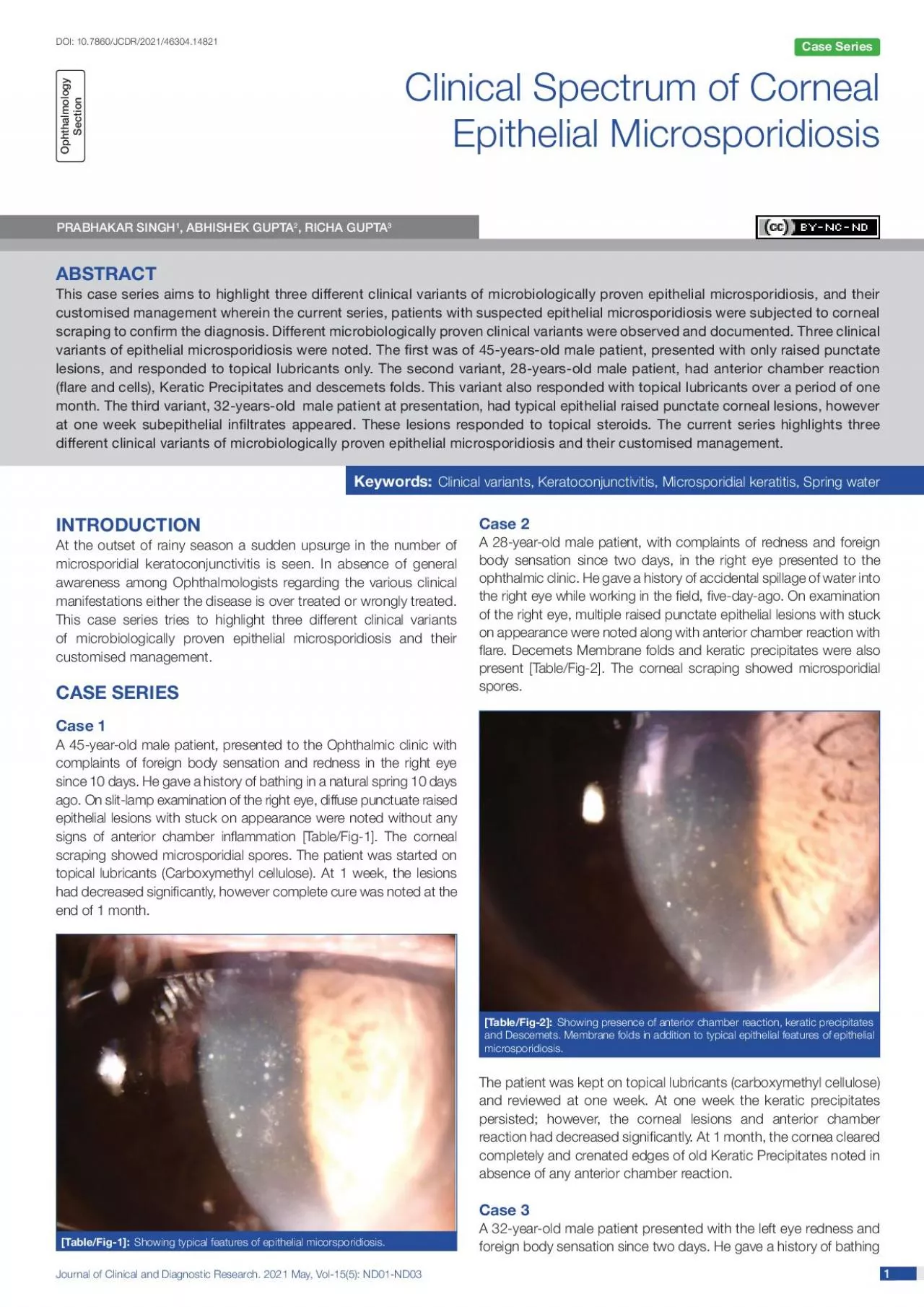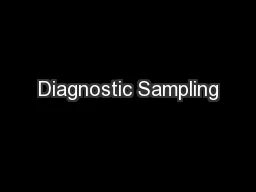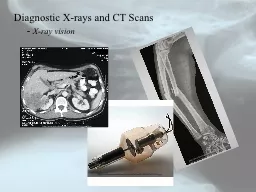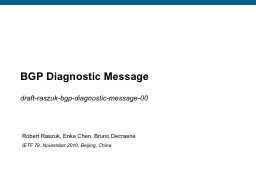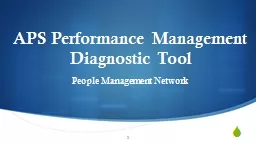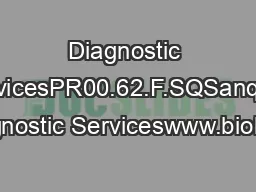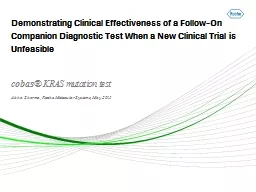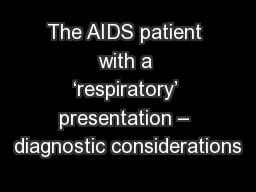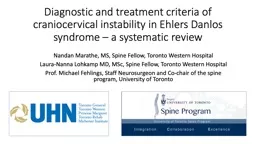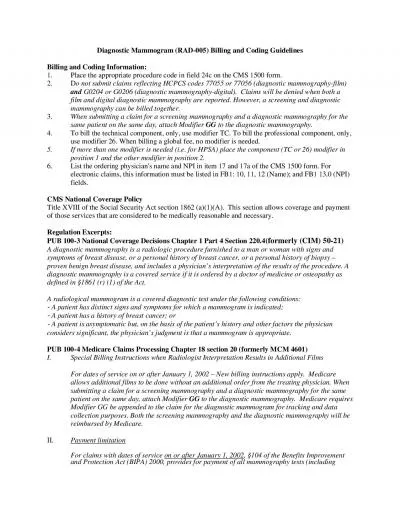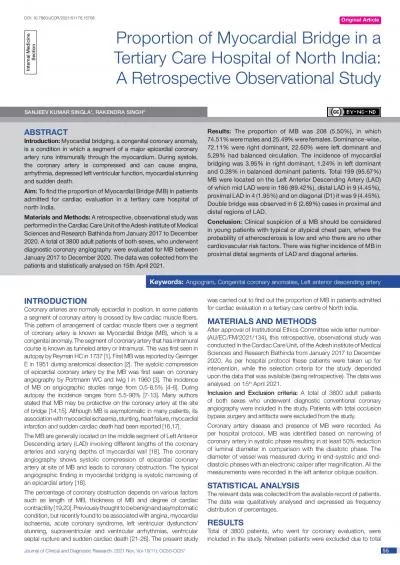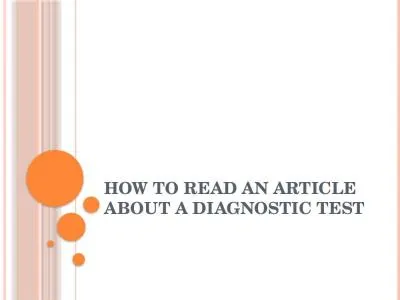PDF-Journal of Clinical and Diagnostic Research 2021 May Vol155 ND01
Author : amber | Published Date : 2022-09-01
1 1 DOI 107860JCDR20214630414821 Ophthalmology Section Clinical Spectrum of Corneal Epithelial Microsporidiosis Case Series INTRODU microsporidial keratoconjunctivitis
Presentation Embed Code
Download Presentation
Download Presentation The PPT/PDF document "Journal of Clinical and Diagnostic Resea..." is the property of its rightful owner. Permission is granted to download and print the materials on this website for personal, non-commercial use only, and to display it on your personal computer provided you do not modify the materials and that you retain all copyright notices contained in the materials. By downloading content from our website, you accept the terms of this agreement.
Journal of Clinical and Diagnostic Research 2021 May Vol155 ND01: Transcript
Download Rules Of Document
"Journal of Clinical and Diagnostic Research 2021 May Vol155 ND01"The content belongs to its owner. You may download and print it for personal use, without modification, and keep all copyright notices. By downloading, you agree to these terms.
Related Documents

